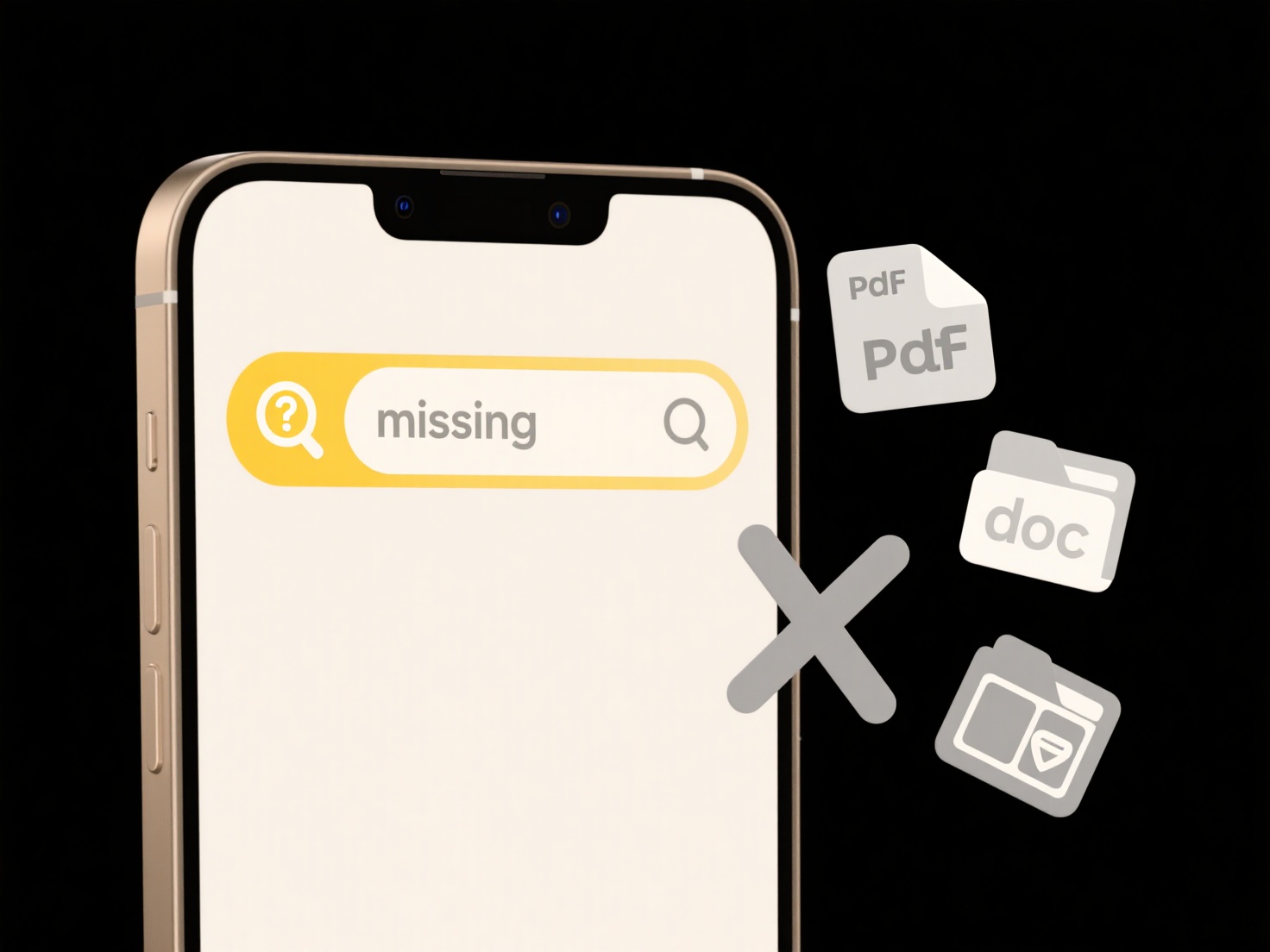
Permissions control file access differently in cloud versus local environments. Locally, permissions are managed by the operating system (like Windows ACLs or Linux user/group permissions), granting specific users or groups on that machine rights to read, write, or execute files stored on its drives or connected network shares. Cloud permissions, however, are managed by the cloud service provider. Access relies on user accounts authenticated by the cloud platform and defined through its tools, often using role-based (RBAC) or attribute-based systems governing access to files stored remotely on their servers.

For example, a company might use Windows folder permissions locally to restrict a finance folder to specific department members on their office network. In contrast, using a cloud platform like SharePoint Online, they grant access via Azure Active Directory identities, enabling remote employees to securely access the same files from anywhere with internet. Services like Dropbox or Google Drive also offer link sharing with password protection or expiration dates, options typically not available in basic local setups.
Cloud permissions excel in scalability for large distributed teams, offer robust auditing tools, and enable easy external sharing, but require internet connectivity and depend on the provider's security practices. Local permissions provide potentially faster access and avoid internet reliance but are harder to manage at scale across locations and offer fewer sharing options. Hybrid approaches exist, requiring careful coordination to avoid conflicts. Ethical considerations involve ensuring sensitive data remains properly secured regardless of location, complying with privacy laws, and understanding who ultimately controls the data in cloud scenarios.
How do permissions work for cloud vs local files?
Permissions control file access differently in cloud versus local environments. Locally, permissions are managed by the operating system (like Windows ACLs or Linux user/group permissions), granting specific users or groups on that machine rights to read, write, or execute files stored on its drives or connected network shares. Cloud permissions, however, are managed by the cloud service provider. Access relies on user accounts authenticated by the cloud platform and defined through its tools, often using role-based (RBAC) or attribute-based systems governing access to files stored remotely on their servers.

For example, a company might use Windows folder permissions locally to restrict a finance folder to specific department members on their office network. In contrast, using a cloud platform like SharePoint Online, they grant access via Azure Active Directory identities, enabling remote employees to securely access the same files from anywhere with internet. Services like Dropbox or Google Drive also offer link sharing with password protection or expiration dates, options typically not available in basic local setups.
Cloud permissions excel in scalability for large distributed teams, offer robust auditing tools, and enable easy external sharing, but require internet connectivity and depend on the provider's security practices. Local permissions provide potentially faster access and avoid internet reliance but are harder to manage at scale across locations and offer fewer sharing options. Hybrid approaches exist, requiring careful coordination to avoid conflicts. Ethical considerations involve ensuring sensitive data remains properly secured regardless of location, complying with privacy laws, and understanding who ultimately controls the data in cloud scenarios.
Quick Article Links
How can I find out what type of file it is without an extension?
To identify a file without an extension, you examine its internal signature or header – unique data patterns written at ...
Can I use USB to transfer compatible files between platforms?
USB refers to Universal Serial Bus, a standardized connection technology primarily used to attach peripherals and transf...
Can duplicate naming rules be enforced in a team?
Duplicate naming rules prevent identical names for files, records, or items within a shared team workspace. They work by...